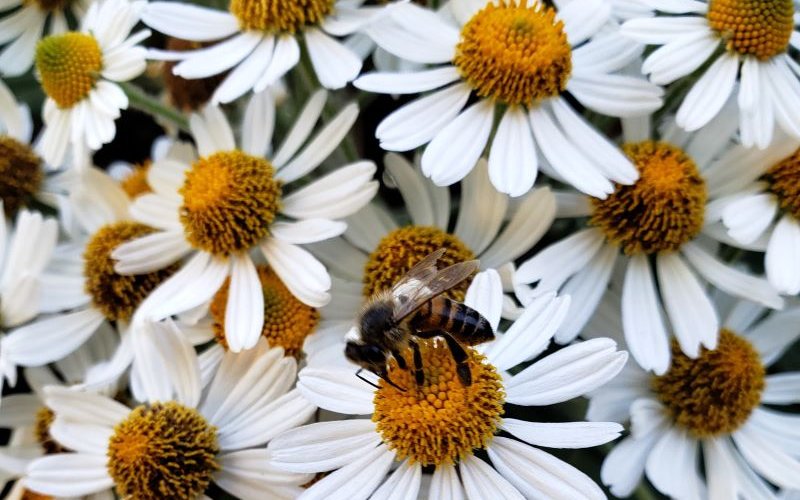
At the southern end of the Arboretum and Botanical Garden at Cal State Fullerton, visitors will find a collection of subtropical plants from different regions of the world that are arranged geographically when possible. Walking in a horseshoe pattern, starting with the northeast corner and moving clockwise, plants are arranged in the following order: Americas, Asia, Australasia, Pacific Islands, Africa and Madagascar. The central area within the horseshoe is a transition area between the different geographic regions. Vines are planted around the perimeter fence.
“This humid subtropical zone is relatively young,” said Greg Pongetti, living collections curator. “It was created in 2000, but there are some large plant specimens that seem quite mature.”
A humid subtropical is a region that borders a tropical zone, added Pongetti.
“The humid subtropics are globally important for floristic biodiversity,” said Pongetti. “Humans have disturbed fragile arid ecosystems over the centuries by development, mining, farming and grazing, degrading the habitat for native plants. As a result, many plant and wildlife species have dramatically declined. Global climate change and long-term drought also impact these regions.”
In these zones, visitors will find bird of paradise flowers, bromeliads, canna lilies, impatiens and palms. Fruits such as citrus, mangos, many types of nuts, papayas, lychee and avocados are often grown in the subtropics.
Some of the plants in this collection include gum palm from Mexico, a unique and ancient line of plants that flourished on Earth about 170 million years ago; the Eastern cape blue cycad, a native of Eastern Cape Province in South Africa, known for its silvery blue-gray leaves that grow up to 3 feet long and are stiff and spiny; and the Coral Seas passionflower vine, a threatened species and a native of the Ecuadorian Andes that is known for its brilliant red flowers.
While subtropical climates are similar to tropical regions, they generally have a hot, humid summer and a mild, chilly winter. Tropical areas stay consistently warm. While most subtropical areas are humid and wet, that isn’t always the case. In the southwest United States, these areas may also be dry and arid.
“We always try to add to the collection as we are able, depending on resources,” said Pongetti.
The Arboretum and Botanical Garden at Cal State Fullerton helps conserve some of these threatened plants through cultivation and research. A priority is to increase awareness by inviting visitors to see the plants and trees.
“Fortunately, we have a dedicated team of staff and volunteers to tend to these plants and help ensure their health for years to come,” said Pongetti. “However, support is needed to maintain and add to this subcollection.”
Many of the plants in this collection are subjects of the Arboretum and Botanical Garden’s florilegium project, where CSUF students illustrate rare and threatened plants to highlight their conservation.
For more information on supporting this collection, please contact Mike Karg at mkarg@fullerton.edu.